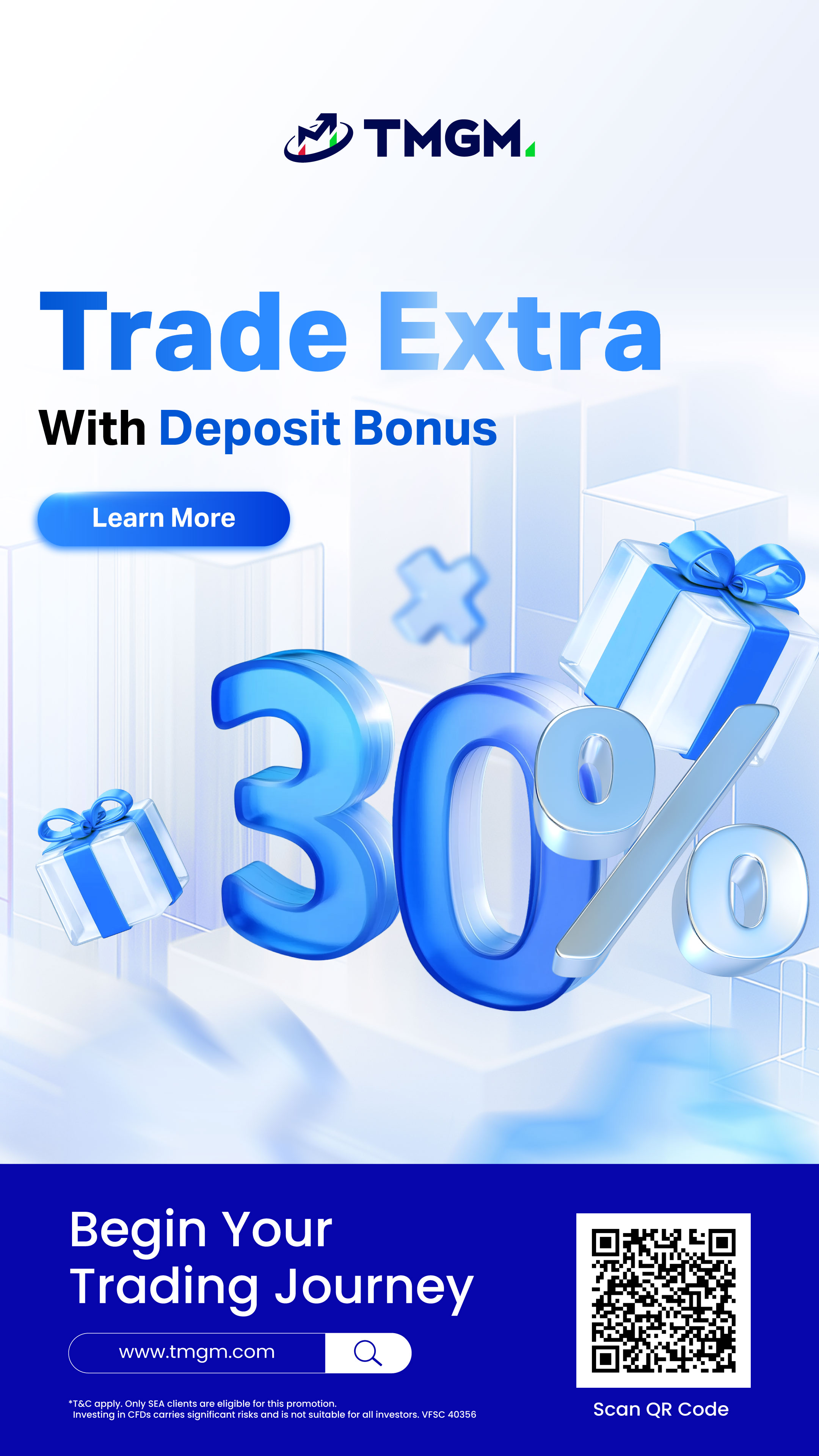What is CFD? A Beginner's Guide to Contracts for Difference
Learn the basics of CFDs (Contracts for Difference), how they work, their benefits, risks, and how to start trading CFDs safely as a beginner.
What is CFD trading? CFD stands for Contract for Difference. It is a popular financial derivative that allows traders to speculate on the price movement of assets—such as stocks, forex, indices, and commodities—without owning the underlying asset. In this guide, you'll learn what CFDs are, how CFD trading works, the pros and cons, and essential tips for beginners. If you're searching for a complete CFD trading explanation, you're in the right place.
What is a CFD?
How Do CFDs Work?
- You choose an asset (e.g., EUR/USD, gold, S&P 500).
- Decide whether you think the price will go up (buy/long) or down (sell/short).
- Open a CFD position with your broker.
- If the price moves in your favor, you profit. If it moves against you, you incur a loss.
- You never own the actual asset—you're only speculating on price changes.
Key Features of CFDs
Pros and Cons of CFD Trading
✅ Pros
- Access to global markets from one platform
- Ability to use leverage
- Trade both directions (long/short)
- No stamp duty in some regions
❌ Cons
- Leverage increases risk of losses
- Overnight fees may apply
- Not suitable for long-term investing
- Regulatory restrictions in some countries
🎯Key Takeaways
- CFDs let you speculate on price movements without owning the asset.
- Leverage can amplify both profits and losses—use it carefully.
- Always use risk management tools like stop-loss orders.
- Understand fees and regulations before trading CFDs.
Is CFD Trading Right for You?
CFDs are complex instruments and come with a high risk of losing money rapidly due to leverage. Make sure you fully understand how CFDs work and whether you can afford to take the high risk of losing your money.
In-Depth: How CFDs Work in Practice
CFD Mechanics: Step-by-Step
- Choose a Market: CFDs are available on forex, stocks, indices, commodities, and crypto. You select the asset you want to trade.
- Decide Direction: If you believe the price will rise, you buy (go long). If you think it will fall, you sell (go short).
- Set Position Size: You choose how many contracts (lots) to trade. Each CFD contract typically represents one unit of the underlying asset.
- Margin & Leverage: You only need to deposit a fraction of the total trade value (margin). Leverage amplifies both gains and losses. For example, 10:1 leverage means a $100 margin controls a $1,000 position.
- Monitor & Manage: Use stop-loss and take-profit orders to manage risk. You can close your position at any time.
- Profit or Loss: When you close the trade, your profit or loss is the difference between the opening and closing prices, multiplied by the number of contracts, minus any fees.
Understanding Margin and Leverage
Margin is the amount of money you need to open a CFD position. Leverage allows you to control a larger position with a smaller deposit. While leverage can increase profits, it also increases risk. If the market moves against you, losses can exceed your initial margin.
- Initial Margin: The minimum deposit required to open a trade.
- Maintenance Margin: The minimum balance needed to keep a trade open. If your account falls below this, you may receive a margin call.
- Leverage Ratio: Expressed as 10:1, 20:1, etc. Higher leverage = higher risk.
CFD Fees and Costs
- Spread: The difference between the buy and sell price. This is the main cost of trading CFDs.
- Overnight Financing: If you hold a CFD position overnight, you may pay (or receive) a small interest fee.
- Commission: Some brokers charge a commission per trade, especially on shares CFDs.
- Other Fees: Check your broker’s fee schedule for inactivity or withdrawal fees.
Real-World Example: CFD Trade
Suppose you believe Apple stock (AAPL) will rise. The current price is $200. You open a CFD to buy 10 shares at $200 each. Your broker requires a 10% margin, so you deposit $200.
- If AAPL rises to $210, your profit is (10 x $10) = $100 (minus fees).
- If AAPL falls to $190, your loss is (10 x $10) = $100 (plus fees).
- You never own the actual shares—just the price difference.
CFD Trading Tips for Beginners
- Start with a demo account to practice without risking real money.
- Always use stop-loss orders to manage risk.
- Never risk more than you can afford to lose.
- Understand all fees and margin requirements before trading.
- Keep a trading journal to track your performance and learn from mistakes.
- Stay updated on market news and events that can affect prices.
- Choose a regulated broker with transparent pricing and good support.
Frequently Asked Questions about CFDs
- What does CFD stand for in trading?
- CFD stands for Contract for Difference, a financial contract that pays the difference in the settlement price between open and close trades without owning the underlying asset.
- Is CFD trading safe for beginners?
- CFD trading involves significant risk due to leverage. Beginners should start with a demo account, use strict risk management, and never risk more than they can afford to lose.
- What are the main advantages of CFDs?
- CFDs offer access to global markets, the ability to trade both rising and falling prices, and flexible position sizing. However, they also carry high risk.
- Are CFDs legal in my country?
- CFD trading is regulated and legal in many countries, but banned or restricted in others (such as the USA). Always check your local regulations before trading CFDs.
- Where can I learn more about CFD strategies?
- Explore our trading blog for CFD strategies, risk management tips, and broker reviews.



